Current fellows
- Amanda White
- Lily Kromyda
- Loren Matilsky
- Gabriel Ortiz-Pena
- Momchil Molnar
- Chris Gilbert
- Evan Anders
2017-2020
2016-2019
2015-2018
Emeritus fellows
- Avery Schiff
- Andrew Sturner
- Piyush Agrawal
- Ryan Orvedahl
- Ben Greer
2015-2017
2014-2017
2013-2016
Current Fellows
Amanda White
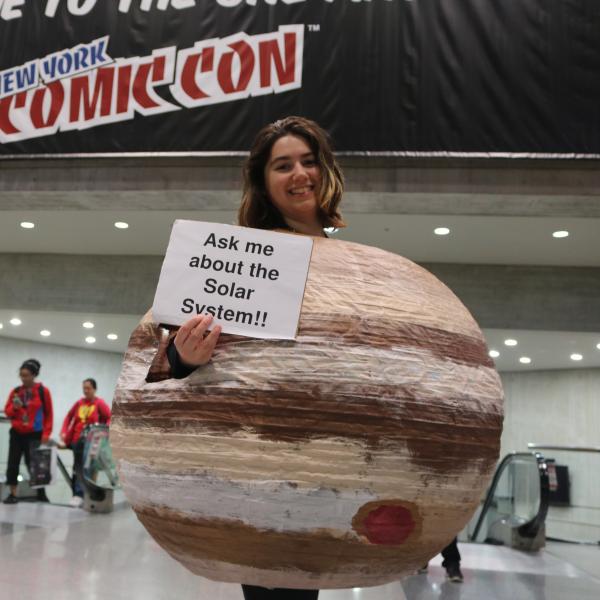 I am a graduate student in the Department of Astrophysical and Planetary Sciences at the University of
Colorado Boulder. I am interested in telescope instrumentation and how the development of new
instruments and calibration and observing techniques can help us to move forward in observational solar
physics. I am currently working with David Harrington on deriving the polarization behavior of protected
metal mirrors coated with many layers of different substances in order to accurately determine the
wavelength dependent refractive index of an optic. This will lead to more accurate polarimetric
calibrations for DKIST instruments and the polarimetry community at large.
I am a graduate student in the Department of Astrophysical and Planetary Sciences at the University of
Colorado Boulder. I am interested in telescope instrumentation and how the development of new
instruments and calibration and observing techniques can help us to move forward in observational solar
physics. I am currently working with David Harrington on deriving the polarization behavior of protected
metal mirrors coated with many layers of different substances in order to accurately determine the
wavelength dependent refractive index of an optic. This will lead to more accurate polarimetric
calibrations for DKIST instruments and the polarimetry community at large.
Lily Kromyda
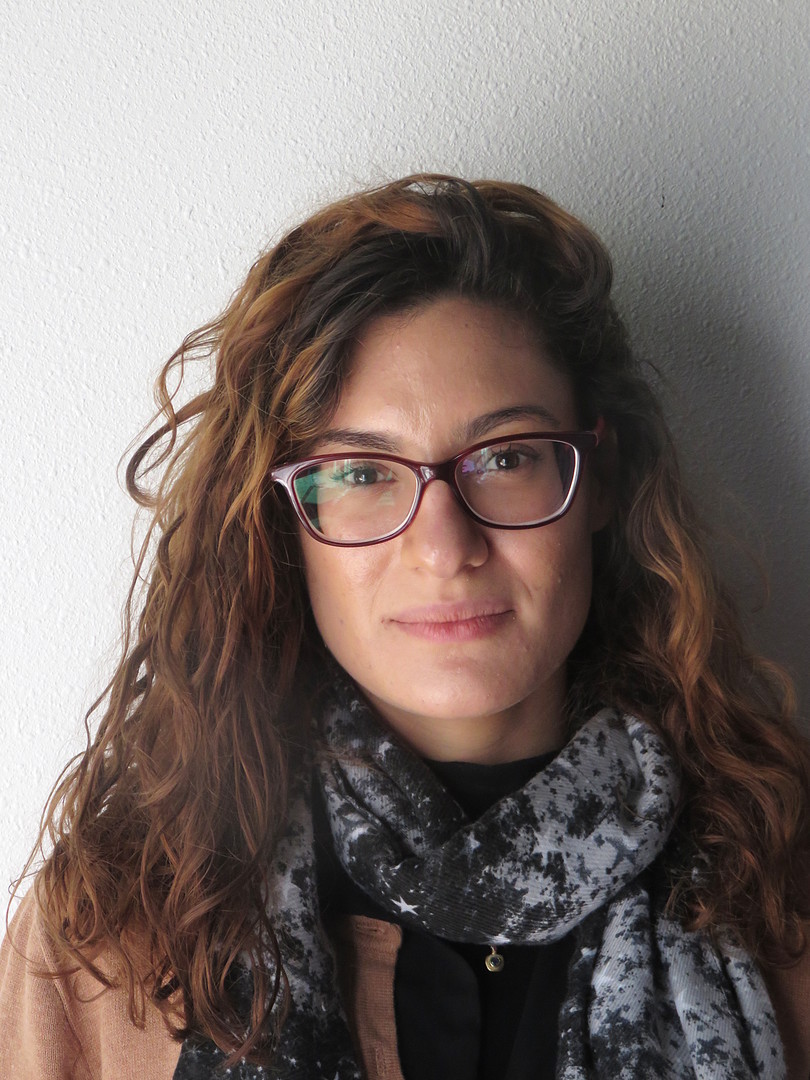 I am interested in understanding the physical processes that take place inside the solar atmosphere,
especially with respect to heat flux, energy, mass and momentum transport, both in the Quiet Sun and
in Active Regions. The solar atmospheric magnetic field as a nonlinear self-organizing system,
small-scale reconnection events, and flare dynamics/energetics, are some of the topics that intrigue
me the most. I like working at the boundary between theory and observations, looking for new knowledge
that comes as a result of their combination. I am currently working with Adam Kowalski, trying to gain
some understanding about the physics behind Ha excessive wing broadening, using IBIS data and
RADYN/RH modelling. As a Hale Fellow, I am looking forward to getting involved in projects that will
aid our preparation for the new era of DKIST science. Before coming to CU Boulder/NSO for graduate
school, I completed my undergraduate studies in Physics at the Aristotle University of Greece.
I am interested in understanding the physical processes that take place inside the solar atmosphere,
especially with respect to heat flux, energy, mass and momentum transport, both in the Quiet Sun and
in Active Regions. The solar atmospheric magnetic field as a nonlinear self-organizing system,
small-scale reconnection events, and flare dynamics/energetics, are some of the topics that intrigue
me the most. I like working at the boundary between theory and observations, looking for new knowledge
that comes as a result of their combination. I am currently working with Adam Kowalski, trying to gain
some understanding about the physics behind Ha excessive wing broadening, using IBIS data and
RADYN/RH modelling. As a Hale Fellow, I am looking forward to getting involved in projects that will
aid our preparation for the new era of DKIST science. Before coming to CU Boulder/NSO for graduate
school, I completed my undergraduate studies in Physics at the Aristotle University of Greece.Featured work: Undergraduate thesis: "Statistical Analysis of Individual Solar Active Regions"
Kromyda, G. 2018 "Space Weather of the Heliosphere: Processes and Forecasts" Proceedings of the IAUS 335
Loren Matilsky
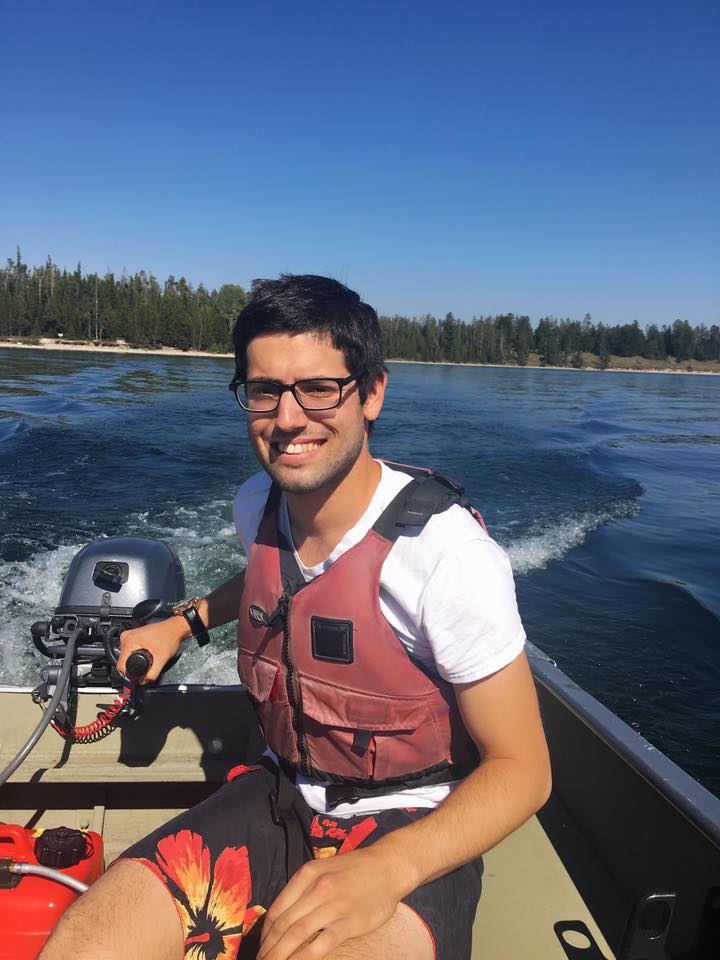 I am a 3rd year graduate student in the Department of Astrophysical and Planetary Sciences
at University of Colorado Boulder. I am interested in various applications of astrophysical
fluid dynamics (AFD), turbulence theory, and dynamical systems. AFD is relevant in a wide
variety of contexts, from the behavior of stars in a spiral galaxy; to the formation of
planets in an accretion disc; to the internal dynamo that generates magnetism in stars.
As a Hale Fellow, I have been using computational fluid dynamics software on supercomputers
to model the dynamics of the solar Near-Surface-Shear Layer (NSSL), which is a region just
below the photosphere of the Sun in which there is a sharp radial gradient in the solar
rotation rate. The NSSL, apart from being an unexplained puzzle for solar physicists, could
have significant consequences for the rearrangement of magnetic structures that is believed
to cause solar flares, as well as the manner by which magnetism "erupts" from the interior
to the surface as sunspots. Outside of astrophysics, I enjoy hiking, bluegrass, and
political activism.
I am a 3rd year graduate student in the Department of Astrophysical and Planetary Sciences
at University of Colorado Boulder. I am interested in various applications of astrophysical
fluid dynamics (AFD), turbulence theory, and dynamical systems. AFD is relevant in a wide
variety of contexts, from the behavior of stars in a spiral galaxy; to the formation of
planets in an accretion disc; to the internal dynamo that generates magnetism in stars.
As a Hale Fellow, I have been using computational fluid dynamics software on supercomputers
to model the dynamics of the solar Near-Surface-Shear Layer (NSSL), which is a region just
below the photosphere of the Sun in which there is a sharp radial gradient in the solar
rotation rate. The NSSL, apart from being an unexplained puzzle for solar physicists, could
have significant consequences for the rearrangement of magnetic structures that is believed
to cause solar flares, as well as the manner by which magnetism "erupts" from the interior
to the surface as sunspots. Outside of astrophysics, I enjoy hiking, bluegrass, and
political activism.Loren became a Hale fellow after 2 years as a CU Chancellor's fellow.
Gabriel Ortiz-Pena
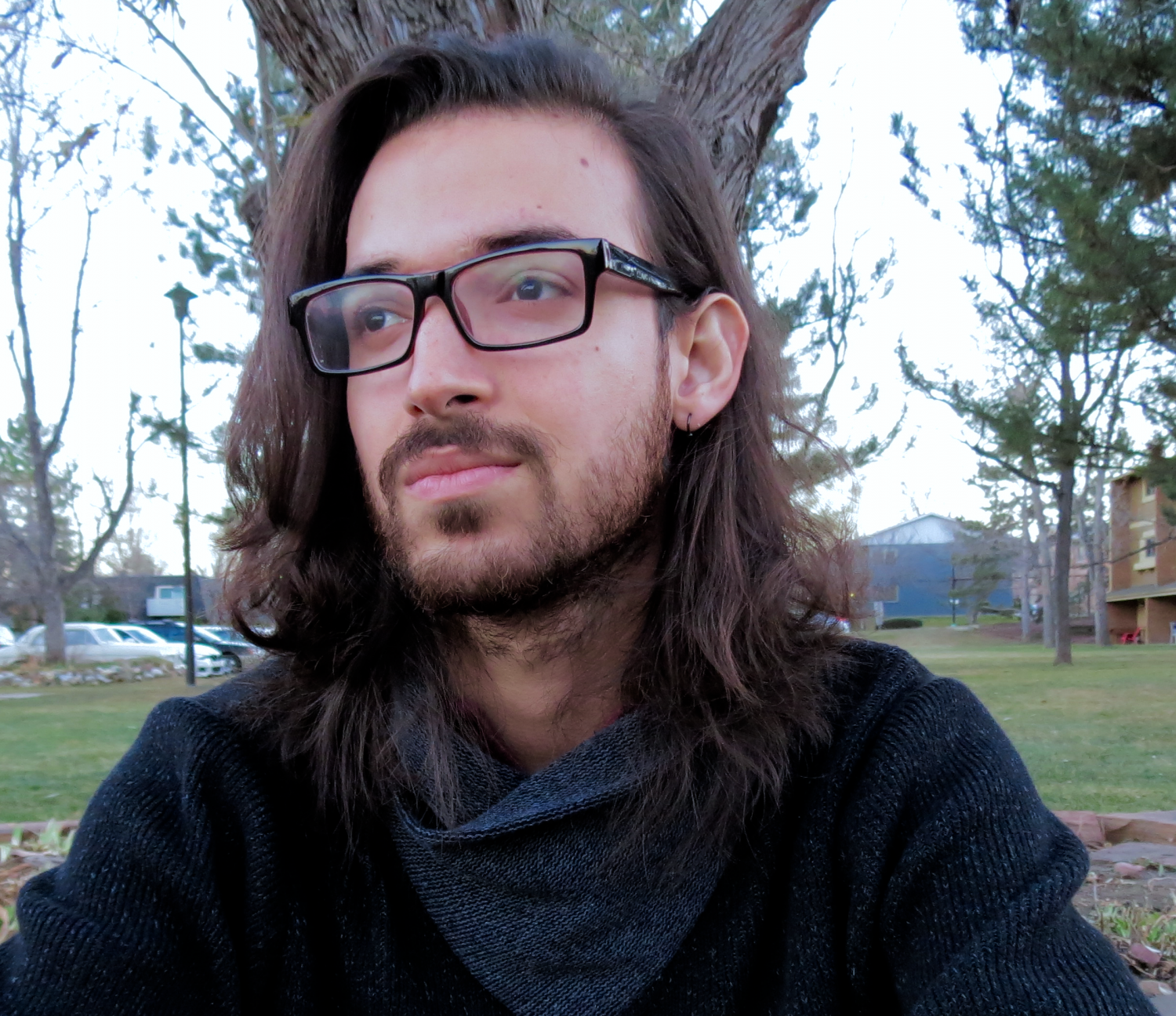 I am a grad student at CU Boulder’s Astrophysical and Planetary Sciences (APS) department.
I got my B.S. in Astrophysics from Penn State University, where I worked on analyzing radio
observations of flaring ultracool dwarfs (very late-type stars with effective temperatures
of less than 2000 K). As a Hale Fellow at CU Boulder, I am working on various projects, most
having to do with fluid dynamics or solar magnetism. My current focus is on modeling the
solar interior to understand some recently discovered properties of the solar magnetic cycle.
Like the Moon's phases, the Sun’s magnetic field waxes and wanes, changing orientation
halfway through the cycle – every eleven years. I am also working on turbulent transport
models and applications of machine learning as a data analysis tool.
I am a grad student at CU Boulder’s Astrophysical and Planetary Sciences (APS) department.
I got my B.S. in Astrophysics from Penn State University, where I worked on analyzing radio
observations of flaring ultracool dwarfs (very late-type stars with effective temperatures
of less than 2000 K). As a Hale Fellow at CU Boulder, I am working on various projects, most
having to do with fluid dynamics or solar magnetism. My current focus is on modeling the
solar interior to understand some recently discovered properties of the solar magnetic cycle.
Like the Moon's phases, the Sun’s magnetic field waxes and wanes, changing orientation
halfway through the cycle – every eleven years. I am also working on turbulent transport
models and applications of machine learning as a data analysis tool.Momchil Molnar
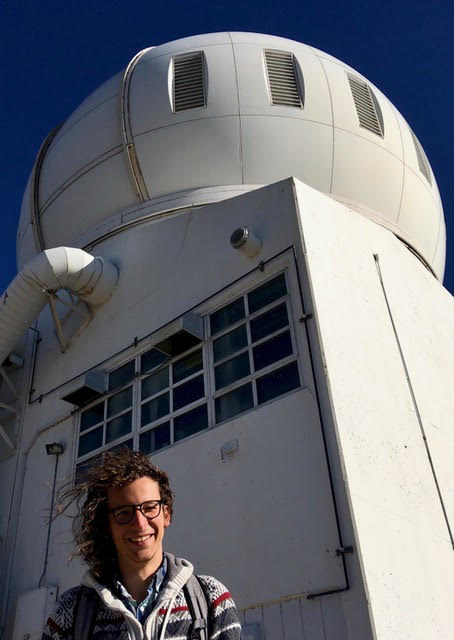 I'm interested in the dynamics of the chromosphere as a gateway to understanding the mass
and energy transport throughout the chromosphere and the transition region. Currently, I
am working with co-temporal ALMA and IBIS/FIRS data sets to further our knowledge of the
chromosphere through the LTE-formed millimeter radiation measurements coming from ALMA.
I did my BSc in physics in MIT before I moved to CU Boulder for my PhD in Solar Physics.
I'm currently a Hale fellow and work closely with Dr. Kevin Reardon in NSO and Prof.
Steven Cranmer in CU/LASP. In my free time, I climb mountains during the summers and ski
down them during the winters. In my downtime I’m trying to pick up Hungarian.
I'm interested in the dynamics of the chromosphere as a gateway to understanding the mass
and energy transport throughout the chromosphere and the transition region. Currently, I
am working with co-temporal ALMA and IBIS/FIRS data sets to further our knowledge of the
chromosphere through the LTE-formed millimeter radiation measurements coming from ALMA.
I did my BSc in physics in MIT before I moved to CU Boulder for my PhD in Solar Physics.
I'm currently a Hale fellow and work closely with Dr. Kevin Reardon in NSO and Prof.
Steven Cranmer in CU/LASP. In my free time, I climb mountains during the summers and ski
down them during the winters. In my downtime I’m trying to pick up Hungarian.
Chris Gilbert
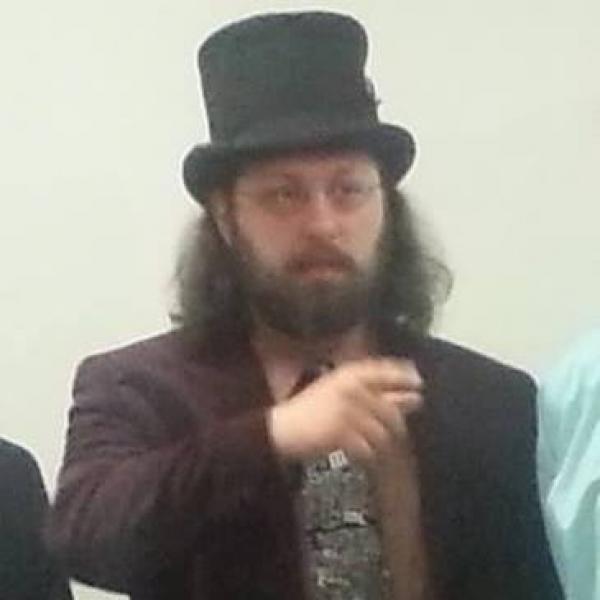 My friends call me Gilly, and I am a Graduate Research Assistant. I work for
Dr. Steven Cranmer, studying
the way that Alfvén waves might be heating the Solar Corona to temperatures of millions of
degrees. I am interested in Heliophysics, Solar Physics, and the Sun-Earth connection. I
hope to be involved in space missions such as NASA's Solar Probe Plus
and ESA's Solar Orbiter, as well as the
DKIST ground based solar telescope. These instruments
will all come online in 2018. Last year I was the head TA of the advanced introductory astronomy
courses, and we had a blast! My Alma Mater is Georgia Tech.
My friends call me Gilly, and I am a Graduate Research Assistant. I work for
Dr. Steven Cranmer, studying
the way that Alfvén waves might be heating the Solar Corona to temperatures of millions of
degrees. I am interested in Heliophysics, Solar Physics, and the Sun-Earth connection. I
hope to be involved in space missions such as NASA's Solar Probe Plus
and ESA's Solar Orbiter, as well as the
DKIST ground based solar telescope. These instruments
will all come online in 2018. Last year I was the head TA of the advanced introductory astronomy
courses, and we had a blast! My Alma Mater is Georgia Tech.
Evan Anders
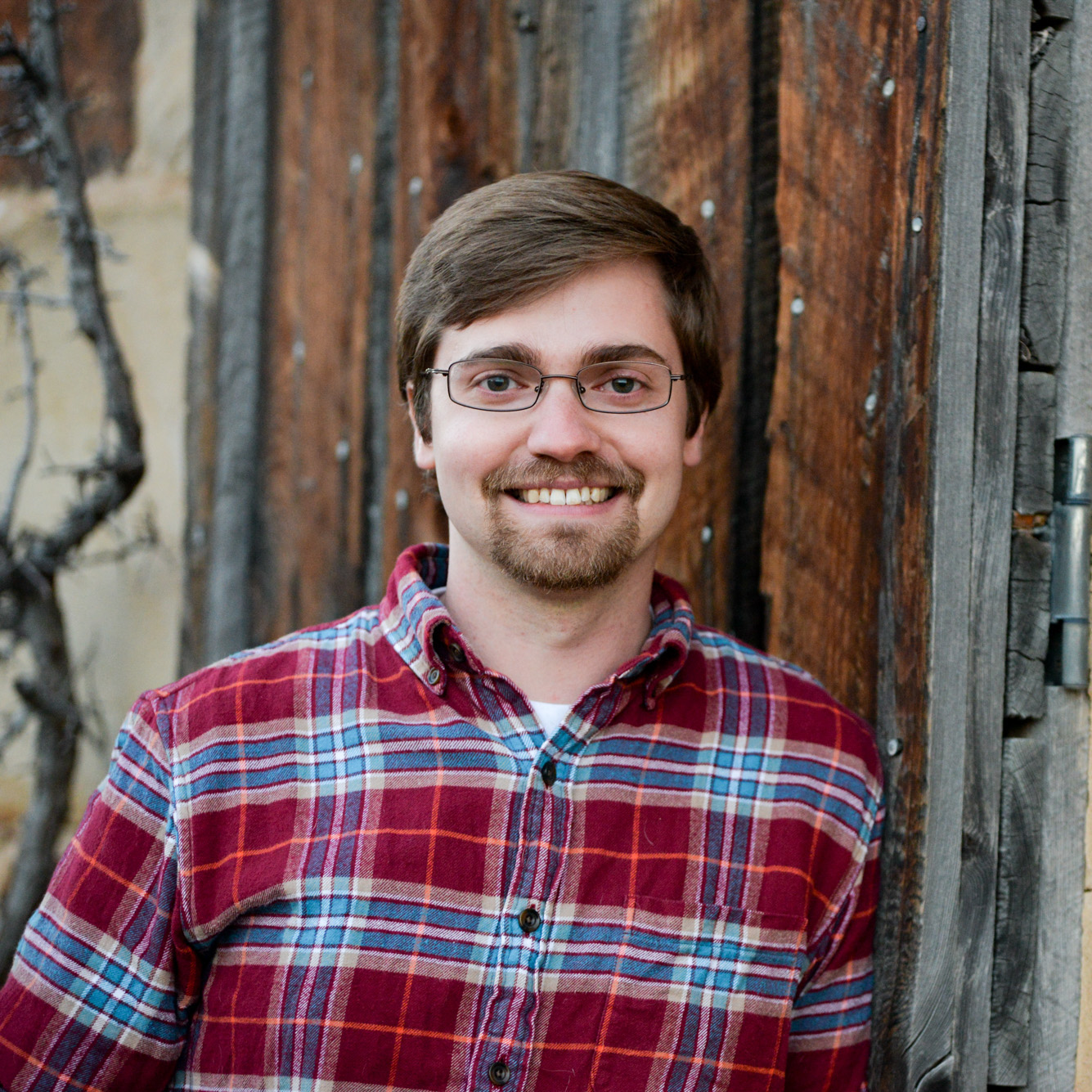 I am a graduate student at CU Boulder working with Ben
Brown. We are interested in the fundamental properties of stratified convection, which is
an important mechanism for heat transport in many astrophysical bodies, including the Sun. We
are creating a suite of experiments to study specific mechanisms which influence solar
convection to more fully understand how convection is driven in our star. We hope to understand
the role of these mechanisms in creating the vast difference between observed and predicted
convective velocities at the solar surface, a problem which has become known as the "Solar
Convective Conundrum."
I am a graduate student at CU Boulder working with Ben
Brown. We are interested in the fundamental properties of stratified convection, which is
an important mechanism for heat transport in many astrophysical bodies, including the Sun. We
are creating a suite of experiments to study specific mechanisms which influence solar
convection to more fully understand how convection is driven in our star. We hope to understand
the role of these mechanisms in creating the vast difference between observed and predicted
convective velocities at the solar surface, a problem which has become known as the "Solar
Convective Conundrum."Featured work: Anders, E. H. and Brown, B. P., 2017. "Convective heat transport in stratified atmospheres at low and high Mach number," Phys. Rev. Fluids. 2, 083501
Emeritus Fellows
Avery Schiff
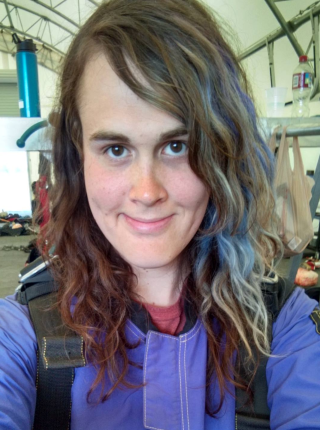 I am a PhD student at the University of Colorado Boulder. I work with Steven Cranmer to
create simulations of flux tubes in the solar corona to study MHD wave heating. Of
particular interest to us is how wave mode conversion processes might influence the
temperature structure of the flux tubes.
I am a PhD student at the University of Colorado Boulder. I work with Steven Cranmer to
create simulations of flux tubes in the solar corona to study MHD wave heating. Of
particular interest to us is how wave mode conversion processes might influence the
temperature structure of the flux tubes. Featured work: "Explaining Inverted-temperature Loops in the Quiet Solar Corona with Magnetohydrodynamic Wave-mode Conversion," Schiff & Cranmer, 2016, ApJ 831, 10
Avery won a fellowship during her Hale tenure and is now a NSF graduate fellow! Congratulations, Avery!!
Andrew Sturner
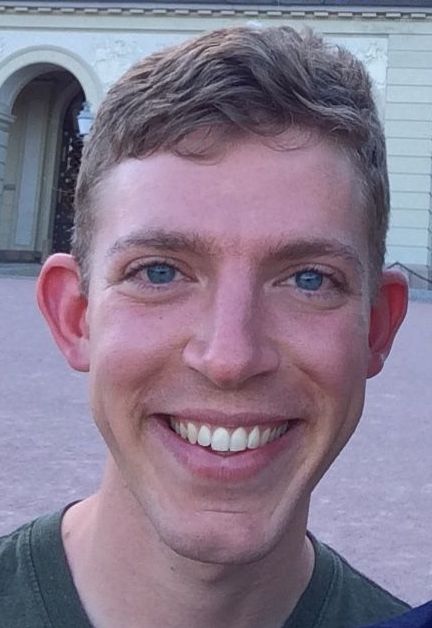 I am a PhD student at LASP and the University
of Colorado Boulder. I work with Dr. Stefan Eriksson and NASA's
Magnetosphere
Multiscale mission team to study the underlying physics of magnetic reconnection.
I focus primarily on studying observable signatures of multi-site reconnection and on
the structure of reconnection outflow jets, both with spacecraft observations and
simulations. It will be a long time before we can directly fly a satellite through
magnetic reconnection events near the surface of the Sun, so in the meantime, the
Earth-Solar Wind boundary provides a more accessible location for studying the physics
of this common astrophysical acceleration mechanism.
I am a PhD student at LASP and the University
of Colorado Boulder. I work with Dr. Stefan Eriksson and NASA's
Magnetosphere
Multiscale mission team to study the underlying physics of magnetic reconnection.
I focus primarily on studying observable signatures of multi-site reconnection and on
the structure of reconnection outflow jets, both with spacecraft observations and
simulations. It will be a long time before we can directly fly a satellite through
magnetic reconnection events near the surface of the Sun, so in the meantime, the
Earth-Solar Wind boundary provides a more accessible location for studying the physics
of this common astrophysical acceleration mechanism.
Piyush Agrawal
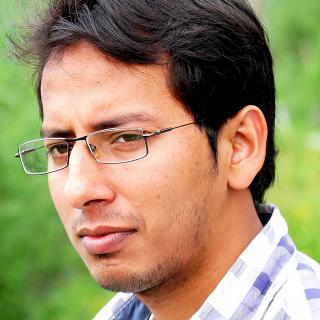 I work with Prof. Mark Rast on understanding the transport of small-scale flux elements in the solar photosphere.
I work with Prof. Mark Rast on understanding the transport of small-scale flux elements in the solar photosphere.
Ryan Orvedahl
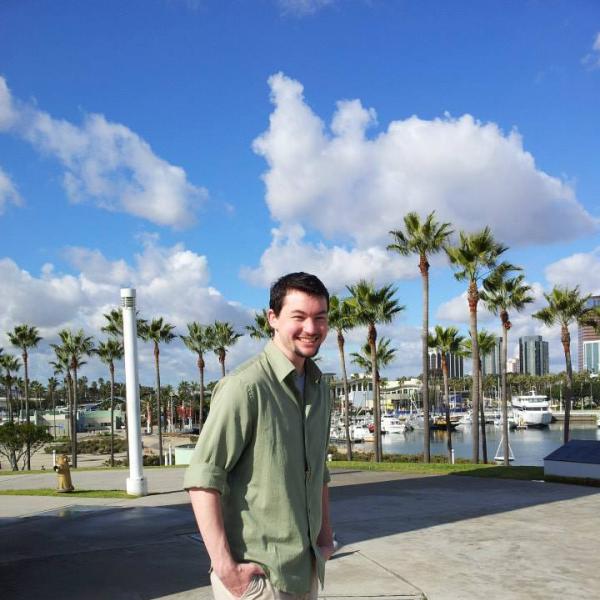 I am broadly interested in computational fluid dynamics which describe systems with magnetic fields. My current research
involves trying to determine what makes the Sun's magnetic field so different from the Earth's. The Sun is very periodic
with a well-defined cycle of polarity reversals, where the magnetic north pole flips and becomes the magnetic south pole
every 11 years. The Earth is relatively chaotic and does pretty much what it wants, when it wants. The last polarity
reversal of the Earth was 780,000 years ago and the previous was only 120,000 years before that. To study these extreme
systems, I use computational tools running on some of the fastest supercomputers in the world. Typically I run on thousands
of cores and use millions of CPU-hours every year. I work closely with my advisor Mike Calkins, who is actually in the
Physics department.
I am broadly interested in computational fluid dynamics which describe systems with magnetic fields. My current research
involves trying to determine what makes the Sun's magnetic field so different from the Earth's. The Sun is very periodic
with a well-defined cycle of polarity reversals, where the magnetic north pole flips and becomes the magnetic south pole
every 11 years. The Earth is relatively chaotic and does pretty much what it wants, when it wants. The last polarity
reversal of the Earth was 780,000 years ago and the previous was only 120,000 years before that. To study these extreme
systems, I use computational tools running on some of the fastest supercomputers in the world. Typically I run on thousands
of cores and use millions of CPU-hours every year. I work closely with my advisor Mike Calkins, who is actually in the
Physics department.Featured work: Zingale, M., Nonaka, A., Almgren, A. S., Bell, J. B., Malone, C. M., & Orvedahl, R. J., 2013, "Low Mach Number Models of Convection in Helium Shells on Sub-Chandrasekhar White Dwarfs. I. Methodology." ApJ, 764, 97
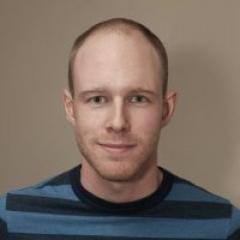 PhD Thesis:
PhD Thesis: